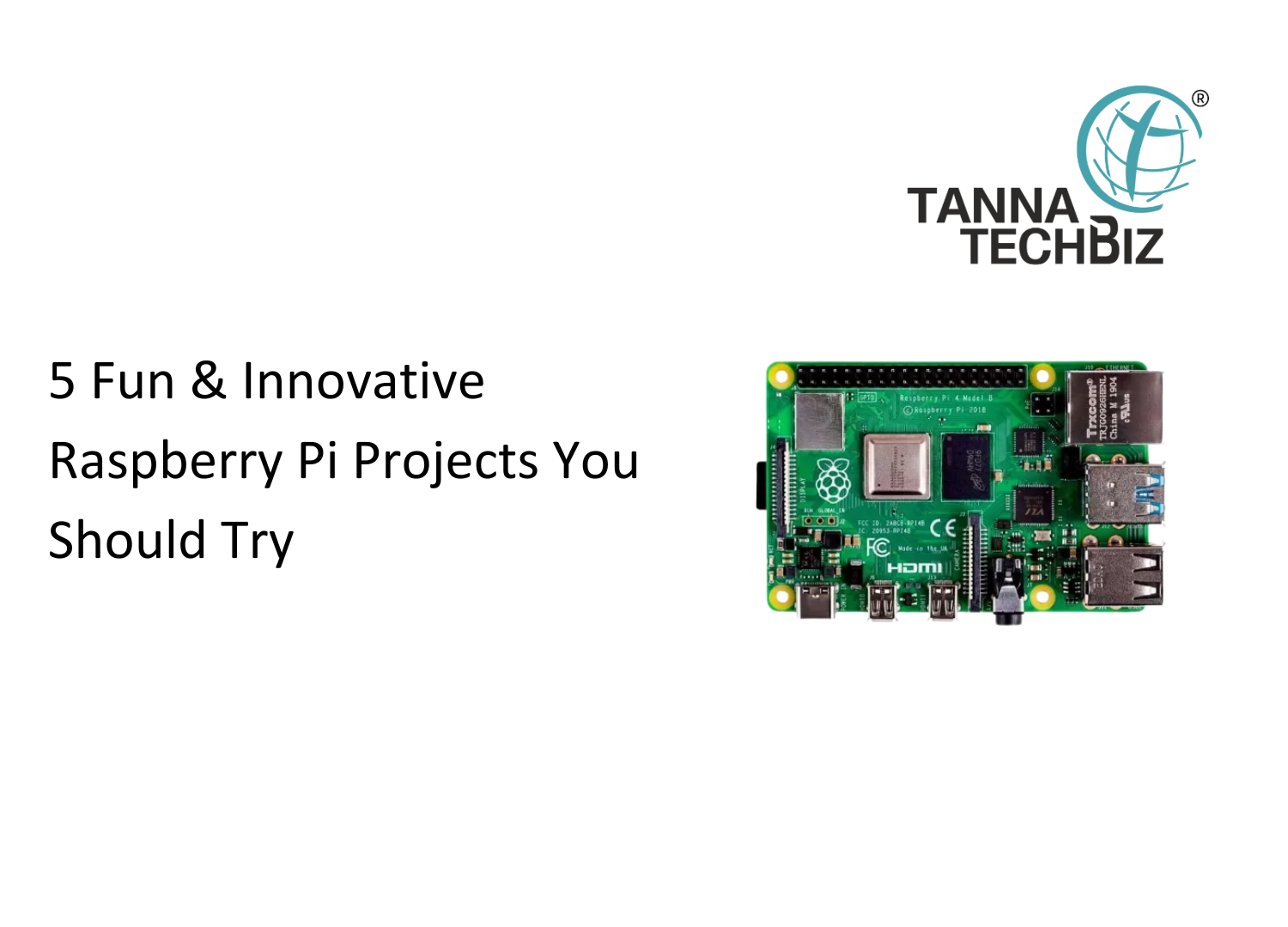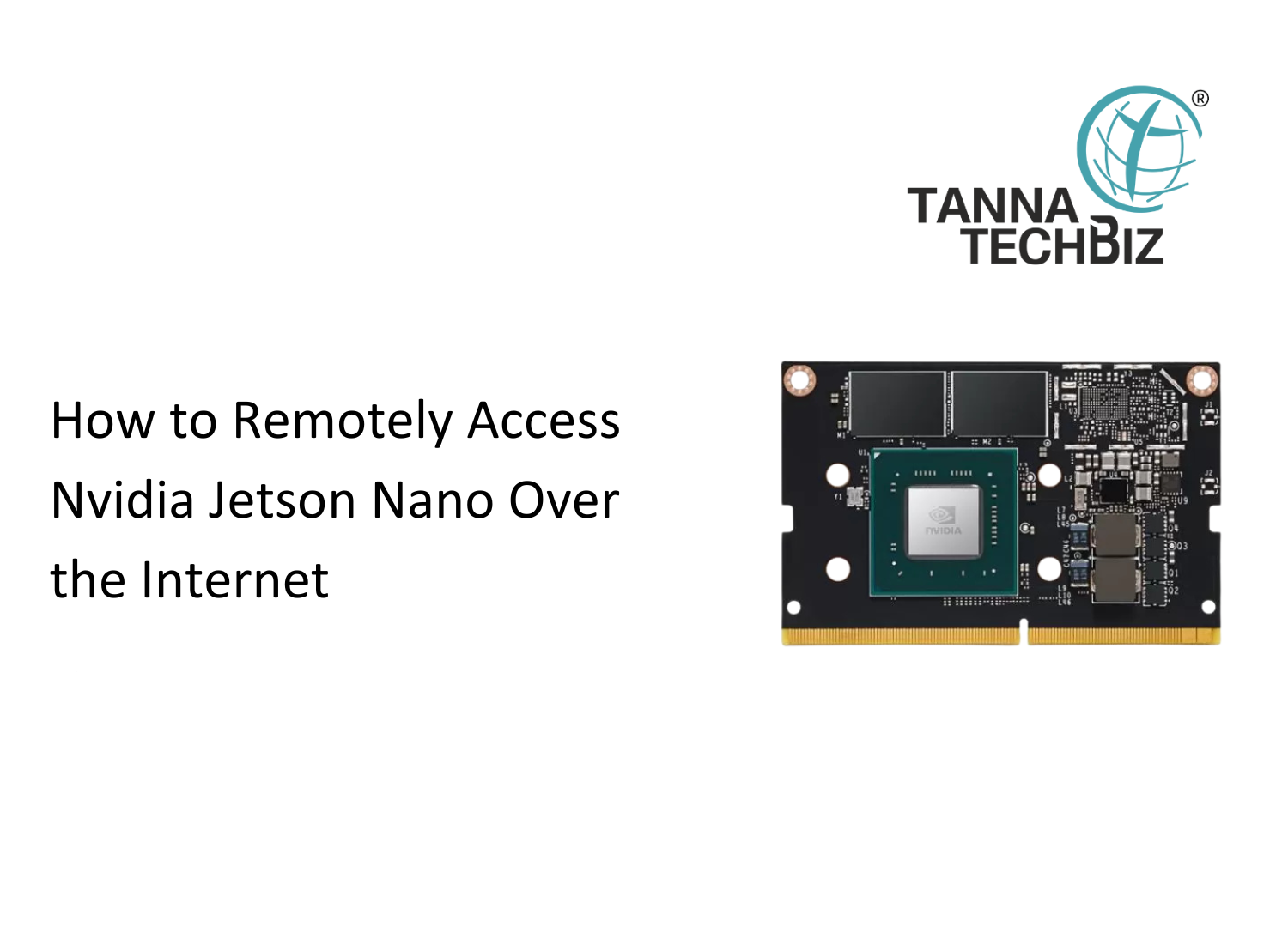What Is Intel RealSense Depth Camera and How Does It Work?
July 17, 2025 295

The Intel RealSense depth camera is a pretty ingenious bit of gear that helps machines see the world more like us, in rich, complete 3D. Instead of simply reading colours and shapes like your regular camera, this one actually sees depth and distance. What a subtle difference that makes. From running virtual reality experiences to helping robots navigate through space, the camera is making a big splash in industries.
Let us understand, simply, what it is, how it works, and why everybody is discussing.
What Is It, Anyway?
The Intel RealSense depth camera isn't like a regular camera. It is intended to record depth information from a scene. That means, rather than just recording what is in front of it, it records how far away everything is. Consequently, instead of delivering a two-dimensional image, it creates a 3D image of the scene.
This is extremely useful for such activities as object tracking, gesture recognition, and scene mapping. It gives machines a sense of spatial awareness—the kind of ability we ourselves are endowed with automatically without conscious processing.
How Does It Work?
There are two major ways that the camera uses for depth judgment:
Stereo Vision
Just like our eyes, two lenses are together. Both of these capture a photograph at the same time but from slightly diverse angles. It then compares the pictures to deduce the distance of each object. It’s a clever use of elementary geometry.
Structured Light
This technique uses a patterned light (usually infrared) to illuminate a scene. When a pattern illuminates something, the pattern is thrown off course and changes direction based on distance and form. Your camera reads these changes to find the object’s depth. It is like flashing a torch with a grid on the end and watching how it bends around objects.
What Is It Applied To?
The best part of this technology is that it is so adaptable. You can find it in:
- Robotics: Helping machines see and move around the environment.
- Gaming: Increasing realism and gesture-driven input.
- Medical: For monitoring the patient and for surgical assistance.
- Merchandising: Tracking consumer traffic or keeping tabs on inventory on the shelf.
- AR/VR: Creating rich, immersive environments through the projection of real-world spaces.
Conclusion
The Intel RealSense depth camera is more than a piece of technology. It’s closing the gap between the digital and real worlds, so that machines can see. At Tanna TechBiz, we recognize the potential of such innovations, and as this technology gets better, we can anticipate seeing even more amazing and useful iterations of it.



